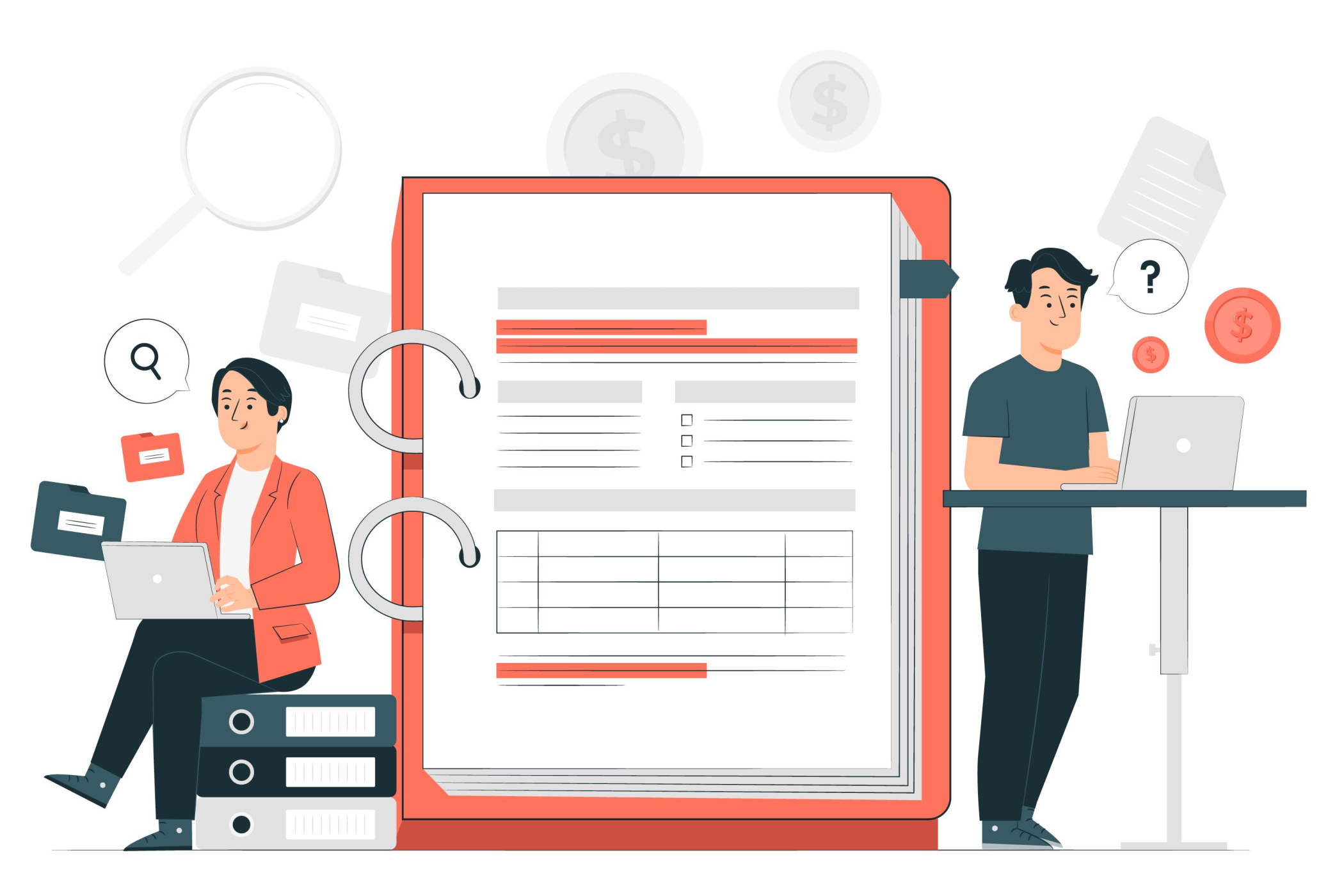Common Area Maintenance (CAM) charges form a major chunk of your lease costs. It is not uncommon for tenants to find that they have been overcharged erroneously by the Landlord. In our blog this week, we provide a checklist that tenants can refer to when verifying their CAM charges. This checklist highlights the most common areas of error when it comes to CAM Charges.
New tenants moving into the property mid-lease year or existing tenants expanding their area
Generally, CAM expenses are shared on a pro-rata basis among all the tenants in the premises. This means, if you move into an empty building or a building with fewer tenants, the CAM charges will be higher. At the same time, if new tenants move into the premises, the pro-rata share per tenant will decrease as the total CAM expenses will now be shared by all the tenants, including the new ones. So, one of the areas to consider when auditing your CAM expenses is, if there were any new tenant move-ins during the lease year. Along the same lines are expansions. Sometimes, an existing tenant may lease out more area in the premises which will again affect the CAM share of other tenants by lowering their CAM expense.
Amortizations
Sometimes, leases allow landlords to charge tenants for certain capital expenditures that they incur. Usually, such expenses are a result of specific capital improvements undertaken by Landlord for the tenant(s). The Landlord may then amortize the amount over the entire lease year. As a tenant, you may want to confirm if the amortization calculations are accurate. Similarly, as in the case of CAM, if the capital improvements pertain to a common area or all leased locations within the premises, then the amortization amount may also differ once the occupancy in the leased premises increases.
Expense caps
Another thing to consider is the limit on expenditures, commonly referred to as expense caps. Check your lease agreement to understand the kind of expense cap it enforces. When you have an expense cap clause, it specifies the percentage by which the Landlord can hike the CAM charges every year. Make sure the calculations presented by your landlord are in line with the expense caps your lease specifies.
Exclusions
Last, but not least, check for any exclusions that may have been wrongly charged to your account. Leases often explicitly state certain expenses that the landlord cannot charge the tenants for. Check every item in your CAM/Operating expense header to ensure that they are not a part of your exclusion clause.
Though helpful, this checklist is just a starting point. A detailed CAM audit and reconciliation will identify any discrepancies that may exist across various areas and help you save significant amounts of money.
Rebolease.com, powered by RE BackOffice, Inc., is a premier provider of lease abstraction, administration, audit and accounting services. Headquartered in Pittsburgh, PA, we are a global boutique firm, providing high-quality services to top-tier clients across industry verticals, covering every type of lease and on any lease platform. We are proud to be a trusted partner, for 15+ years, to leading retailers, REITs, property owners/managers, and corporate accounts seeking a strategic advantage. All client projects are performed in-house.
Whether it is one clause, one amendment or a whole lease agreement, we can do it for you.

